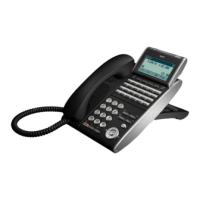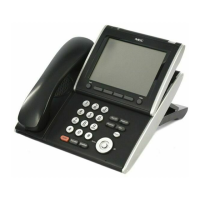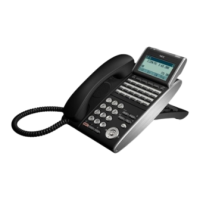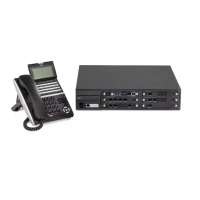Callback
Description
When an extension user calls a co-worker that does not answer or is busy, they can leave a Callback
request for a return call. The user does not have to repeatedly call the unanswered extension back,
hoping to find it idle.
The system processes Callback requests as follows:
1. Caller at extension A leaves a Callback at extension B.
Caller can place or answer additional calls in the meantime.
2. When extension B becomes idle, the system rings extension A. This is the Callback ring.
3. Once caller A answers the Callback ring, the system rings (formerly busy or unanswered)
extension B.
If caller A does not answer the Callback ring, the system cancels the Callback.
4. As soon as caller B answers, the system sets up an Intercom call between A and B.
Callback Automatic Answer determines how an extension user answers the Callback ring. When
Callback Automatic Answer is enabled, a user answers the Callback ring when they lift the handset.
When Callback Automatic Answer is disabled, the user must press the ringing line appearance to
answer the Callback ring.
Conditions
• An extension can leave only one Callback request at a time.
• Call Arrival(CAR) Key (virtual extension) keys do not support Call Waiting/Camp-On Programmable
Function keys (code 35).
• If an extension user initiates a Callback but does not hang up, their extension Camps-On to the
busy extension.
• Function Keys simplify Callback operation.
Default Settings
Enabled
System Availability
Terminals
All Stations
Required Component(s)
None
ISSUE 2.0
SL1000/SL1100
Features and Specifications Manual 1-95
C

